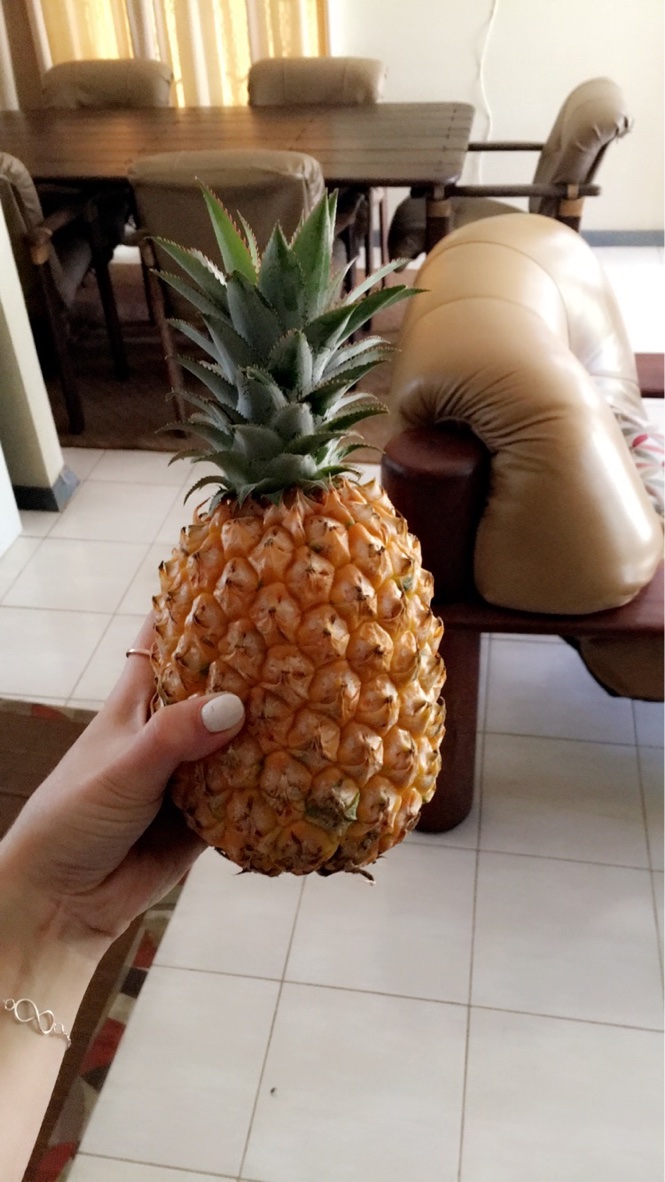Fiji. What comes to mind when you hear the word? Paradise, perfection, pristine beaches? A sanctuary of palm trees, holiday vibes, crystal clear oceans in shades of blue and turquoise? Cocktails sipped by the side of a pool? Five star-resorts inhabited by families, honeymooners and holidayers? People with not a worry or care in the world?
My photographs in this ‘paradise’ prove all of the above.
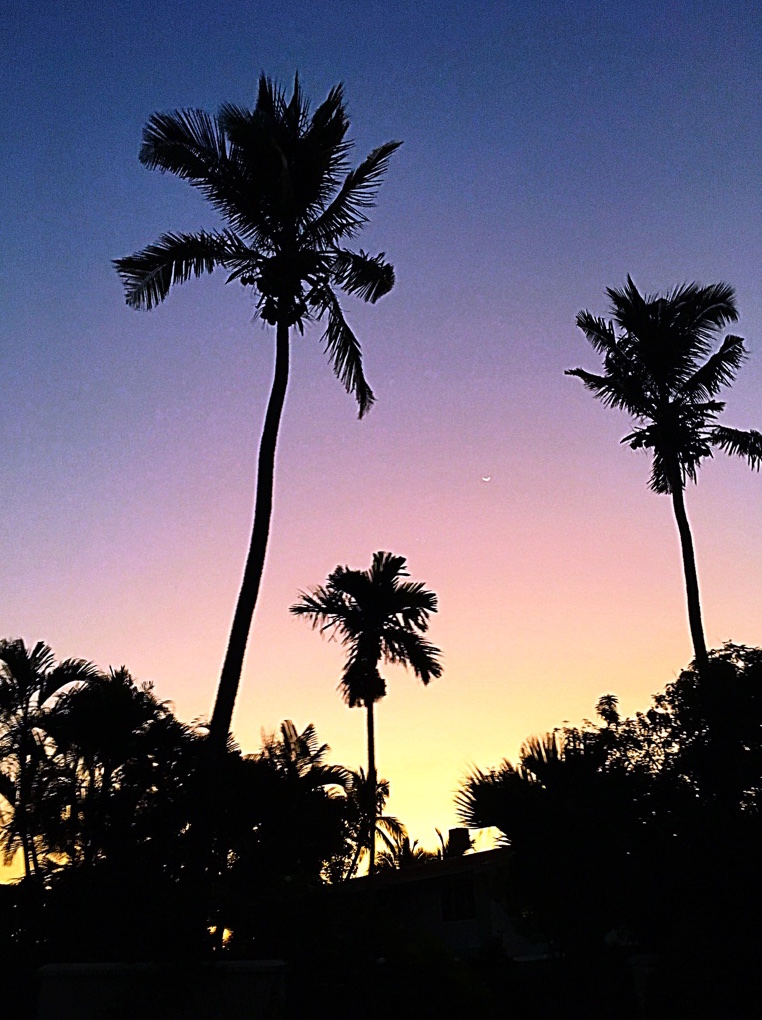
But, while Fiji is all of these things, it’s also much, much more.
You see, there is only one side of Fiji shown to those who wish to travel here. A glorious side, no less. However, like anything portrayed in advertisements, you must look beneath the surface to uncover something more. The truth, if you will.
And the truth is: Foreigners flock to the fancy Fiji resorts and fail to venture out any further. Unlike Bali, there is no middle ground between the real, raw living of the locals, and the high-style living of the tourists. One could travel to Fiji and very much be oblivious to the former.
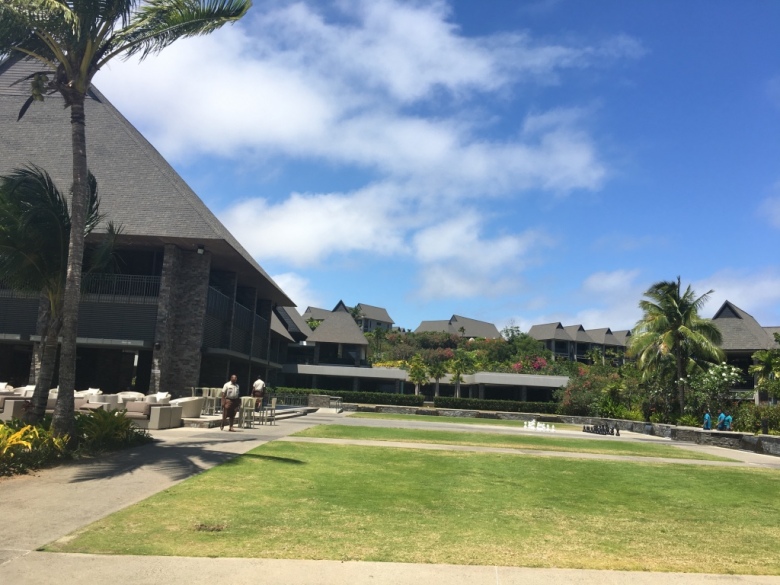
When we holiday in Bali, we are well aware of the poor, the beggars, the dirty and real portrayal of the place in contrast with the fancy hotels. Things that could easily be missed when you travel to the Fijian resorts.
When in a place like Bali, we love taking sanctuary inside the flashy hotels that cost next to nothing, but we also leave them to experience the busy streets, cheap shops, local restaurants and beaches.
A typical holiday in Fiji bodes much more expensive accommodation and a lifestyle of relaxation, massages and days by the beach or the pool paired with a cocktail, and not much other exploration (unless you count luxuriously hopping from island to island, which I don’t).

However, outside those magnificent hotel-walls is another world entirely.
My visit to Fiji had me staying in a proper house with my partner at the time, who was employed at Pacific Flight School in Nadi, Fiji (so my points may be a little biased, since I didn’t see any of Suva, or a copious amount of islands). His house was in the suburbs, if you could call it that, on a nice street with a few good houses. It had two bedrooms, a kitchen, lounge and living, air conditioning and a maid to do their cleaning and washing. It was better than what the locals with the same job could afford.



Living there for a week, I got to experience a side of Fiji different to those staying at the likes of the Sheridan, Intercontinental, or out on one of the resorts on the islands. And yet, I couldn’t help myself but post amazing Instagram pictures, taken at sunsets on the beach at The Sheridan (before you ask – no you don’t have to be staying there to walk through to the beach).
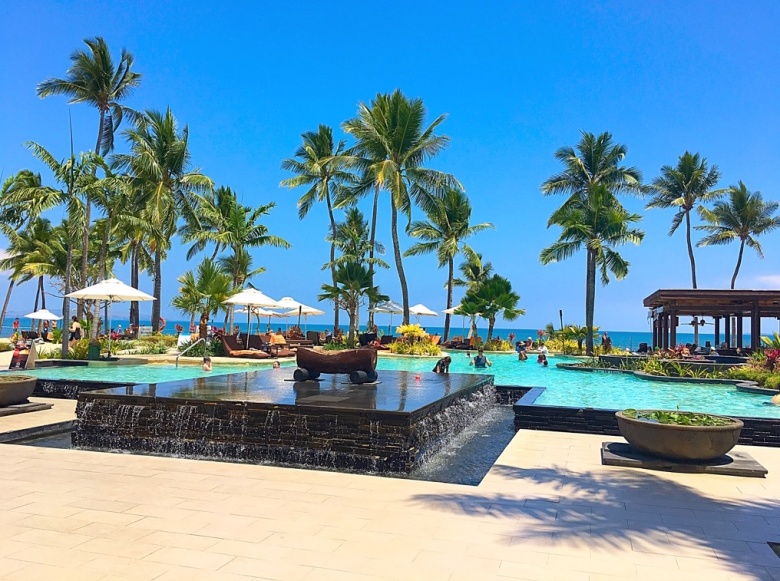


And then again on the forefront of Smugglers resort, and even the Backpackers ‘Bamboo’ next door with it’s glowing fairy lights.

And again, even more photographs at Intercontinental Hotel beach, me sipping on a coconut. Because that’s what the locals do, right?
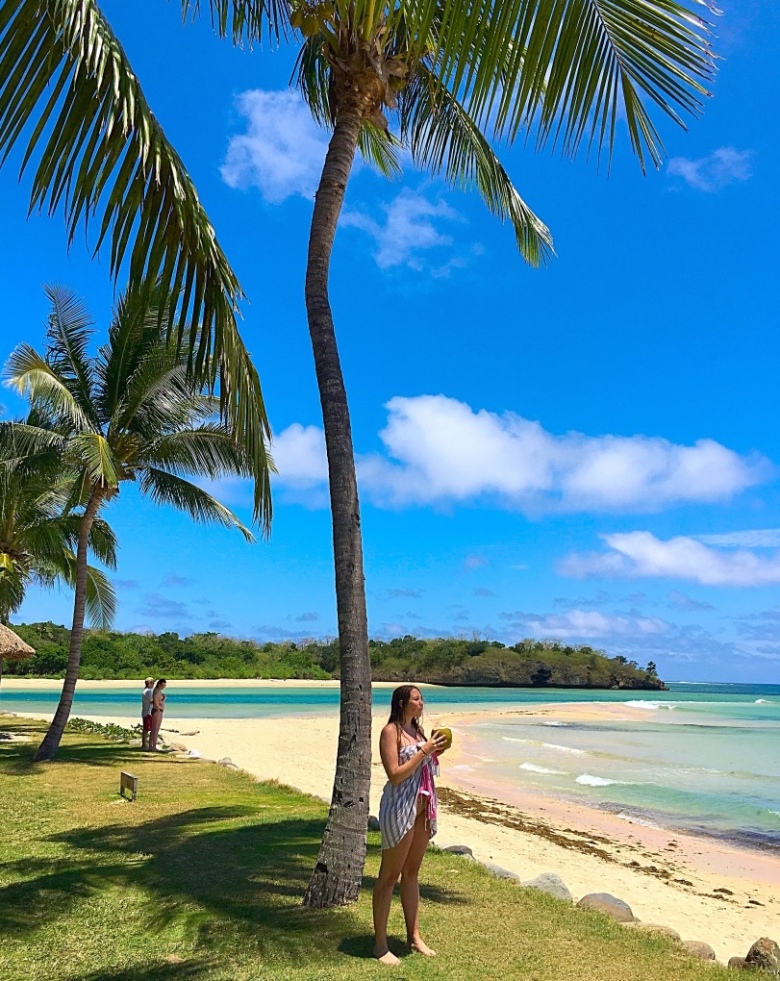
If that wasn’t enough, because my partner worked in the flight school, I also had the luxury of going on a flight and seeing this beautiful country from above, as well as exploring one the islands, Malolo island. Again, following the path of a typical tourist and splurging money on extravagant experiences (even if I did get a discount of sorts).
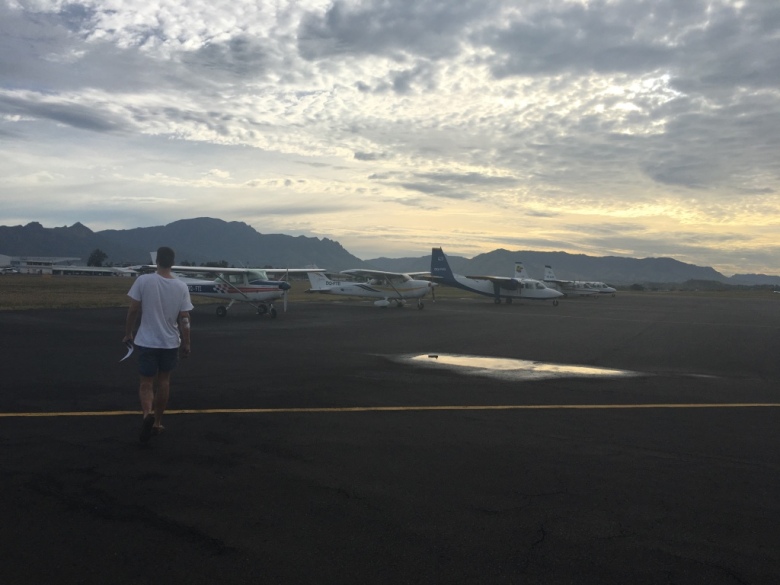
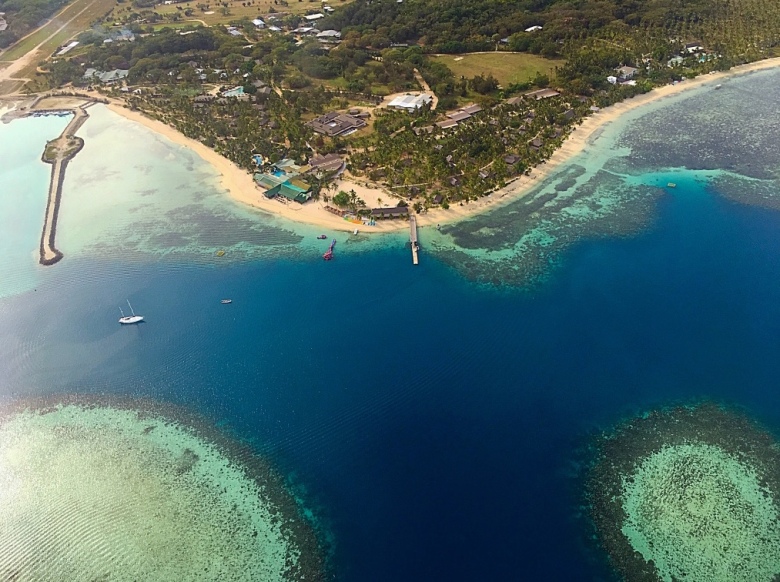

Ultimately, I wanted to show off the beauty of the place I was in, to make people believe I was having a joyous time in this place of paradise. Which I was.


But, I then became suddenly aware that I was doing the same thing as everybody else.
I was sharing only the good parts of Fiji.
The parts that looked like a paradise, grand and desirable.
When in reality, these were small segments of good intermixed with plenty of ordinary.
So I came up with a hashtag, to try and bring light to the reality of a third world country known only for its out-of-this-world islands, snorkelling and palm tree sunsets.
#therealfiji
I am yet to use the hashtag – so you heard it here first.
The idea behind the hashtag is to demonstrate a side of Fiji that is more real and raw than anything ever shared about this place. The images below are some of my own, which show just what Nadi living is like, without any fancy tourist goggles.
The Saint Mary’s School for Children, located on a scrubby hill next to a busy street.
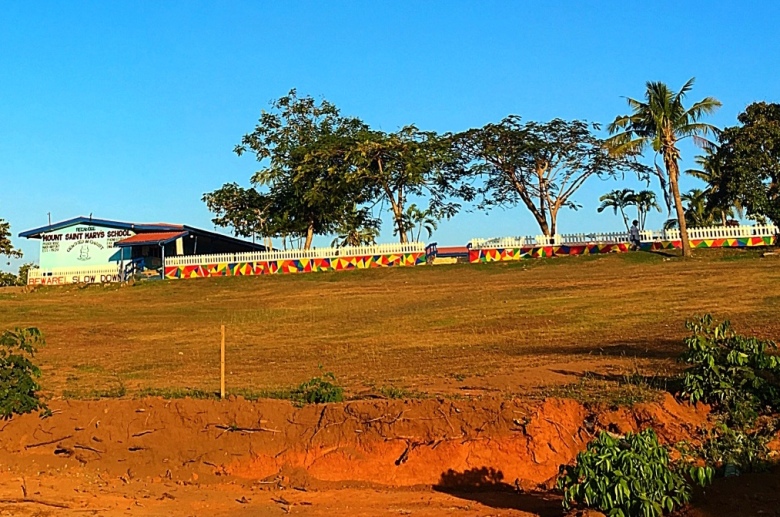
Where the Fijians play rugby in the sweltering heat on the oval nearby.
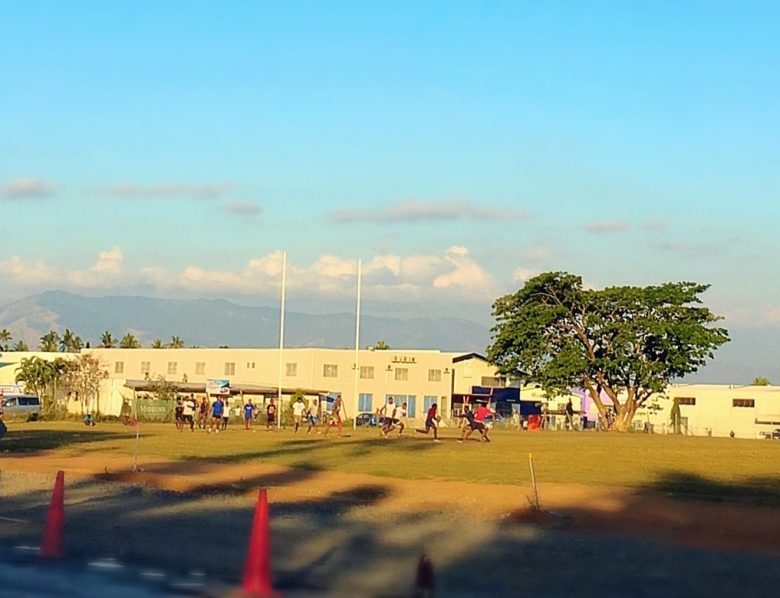
The Sleeping Giant, viewed from a random street with only paddocks, or amidst a trail of Fijian peek-hour traffic on their rubble roads.

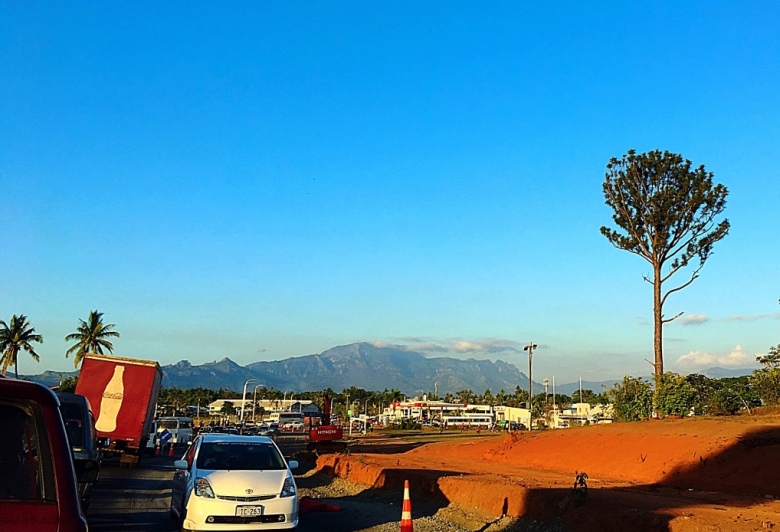
Speaking of which, I rode around on the back of a scooter for the time I spent in Fiji, which is no where near as hectic as a place like Bali, but I still wouldn’t go as far as to call it safe…
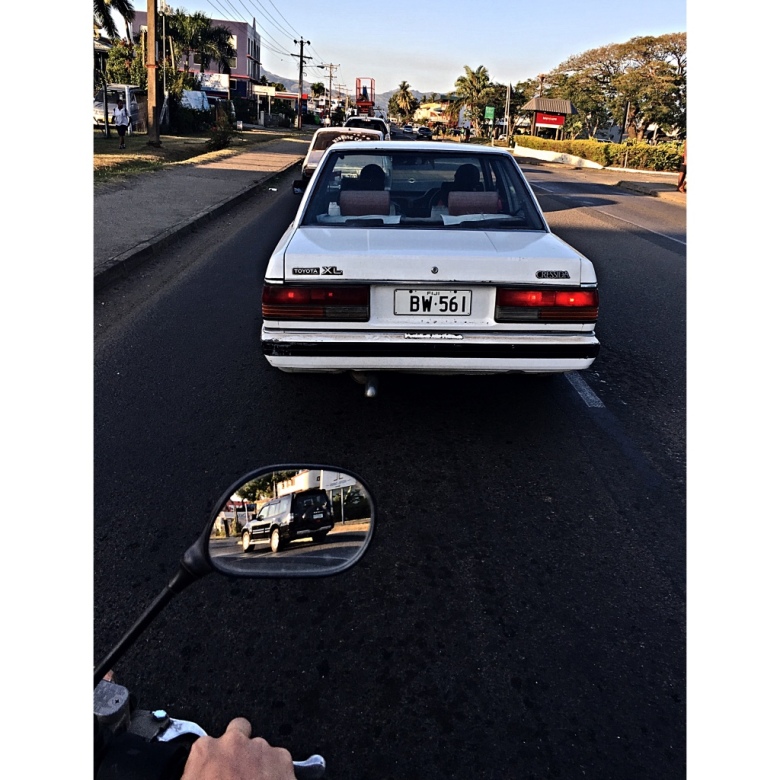
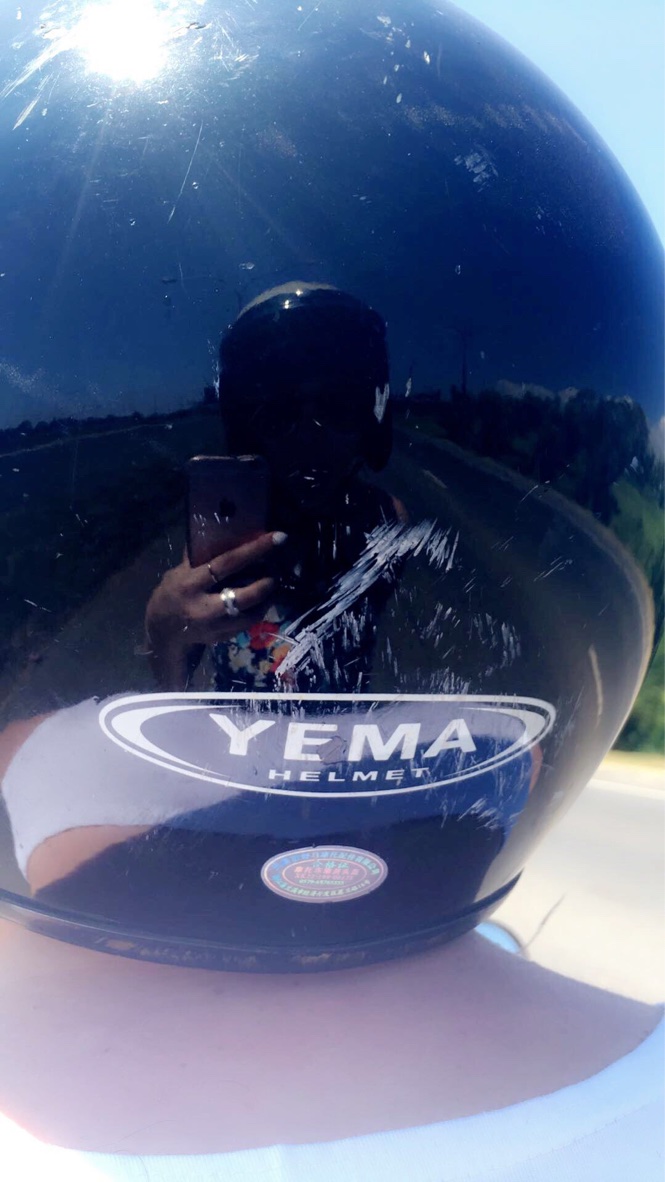
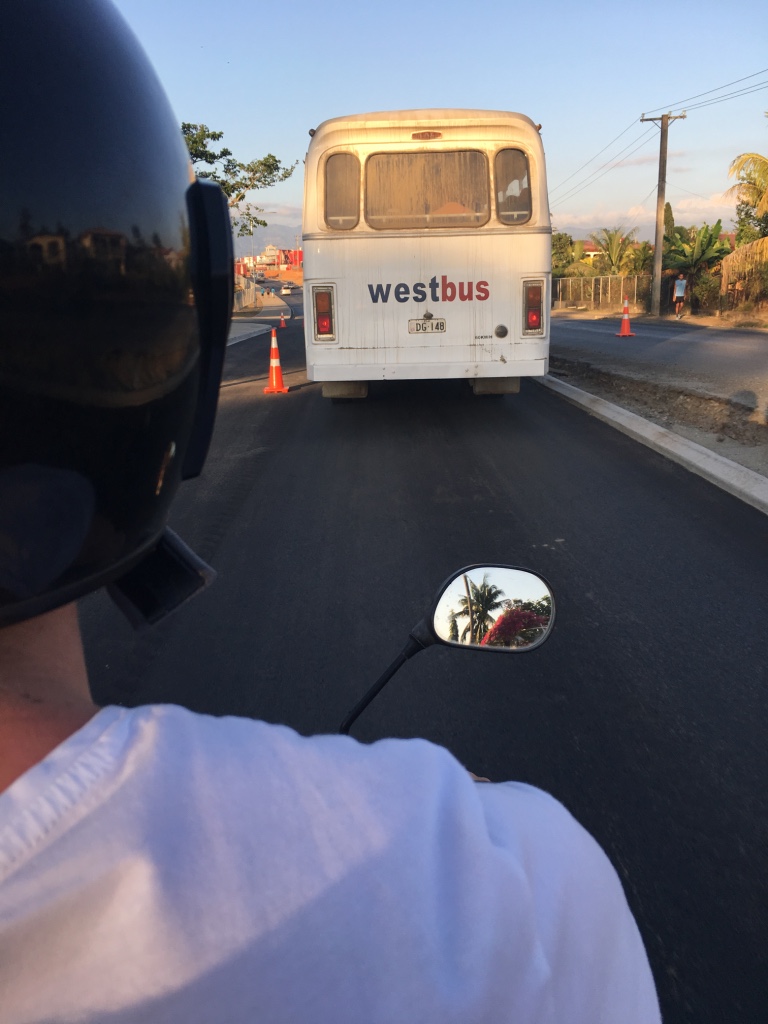
And when you look around the normal streets of Fiji? Sugar cane, sugar cane, and more sugar cane.
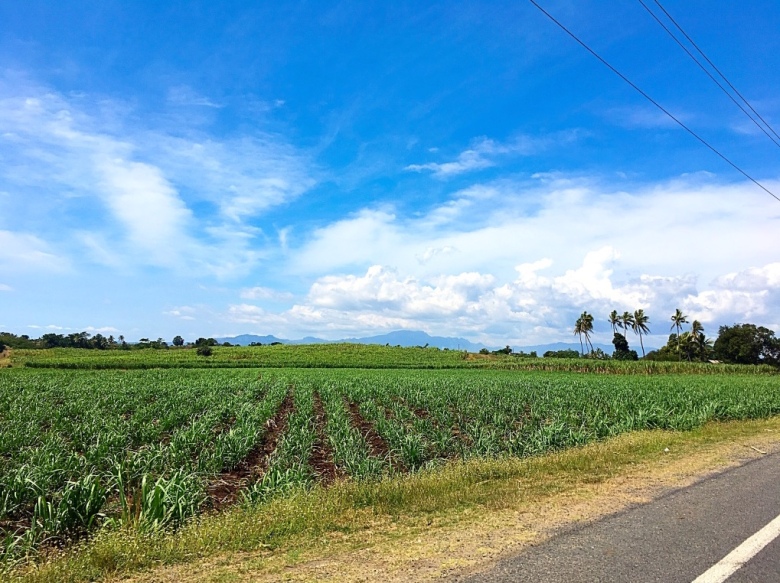
Then there’s the Sugar Cane Train, yes, it’s a train, designed to lug the harvested sugar cane to be processed and exported.
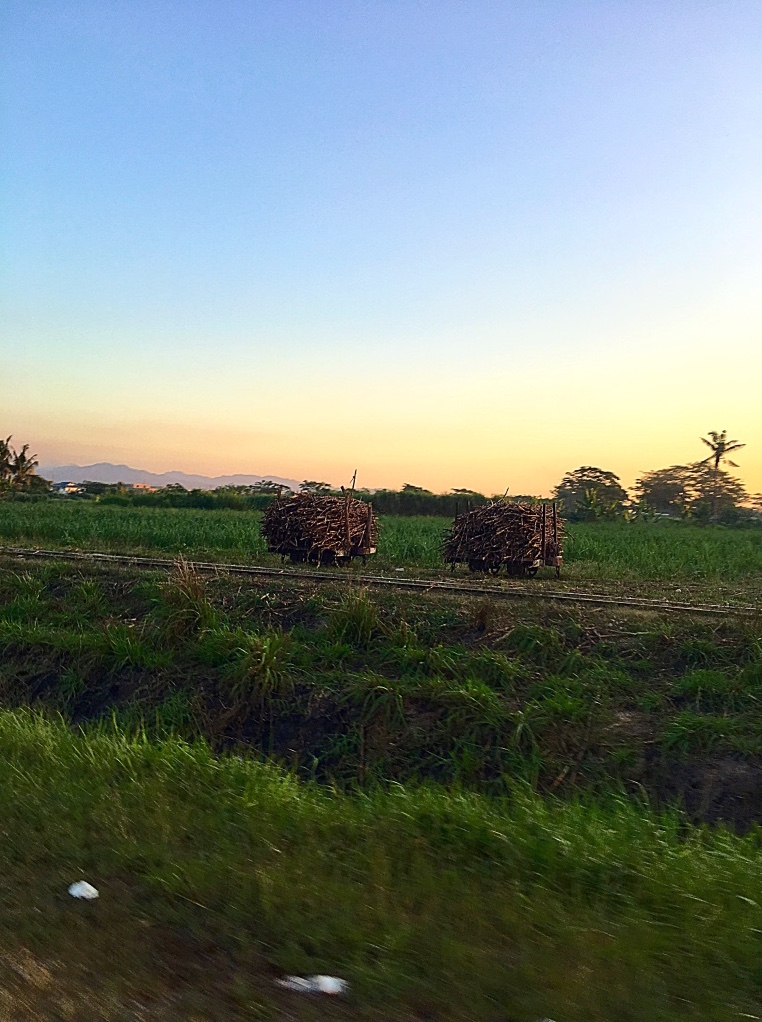
The Fijian’s have a variety of religious beliefs, and you will likely stumble across Sikh and Hindu temples. You are able to visit their temple in Nadi, with it’s rainbow colours it stands out against the bland town (pictured below). However, you may also find Christian churches (mainly Methodist) and mosques.

Once you get out of Nadi town, and into the vast terrain, you’ll come across small, simple villages where locals live with the bare minimum. Houses are built on wooden stilt structures, complete with colourful tin. Hot boxes in the Fijian heat.
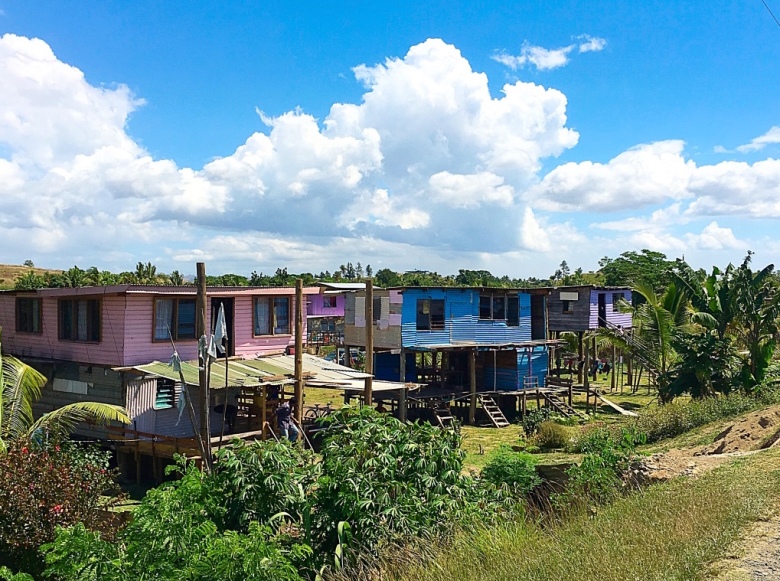
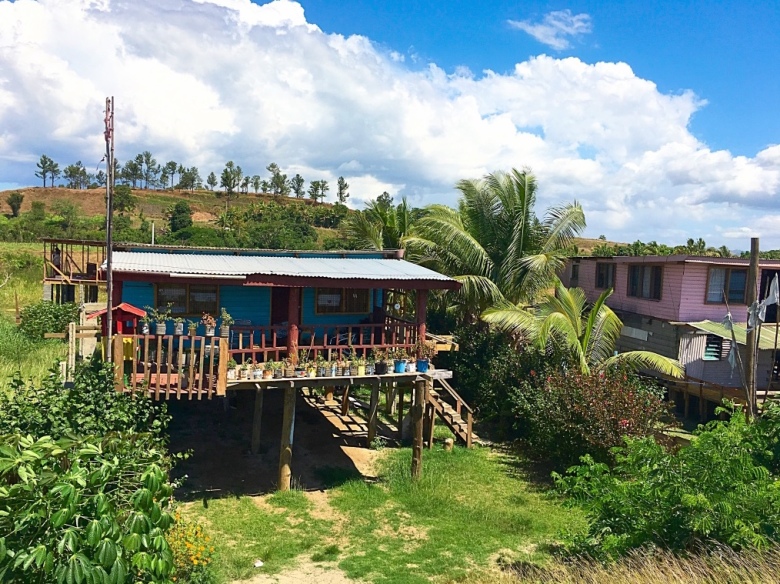
Incredible, isn’t it?
The Fijians are lovely, welcoming people with crinkled smiles and skin dark as chocolate. I strolled through Nadi town and the colourful markets, where the streets are rippled with locals and not one tourist.
Shop owners flocked to us, their eyes pleading, desperate. I couldn’t feel too sorry for them. How could I when they bared smiles brighter than my own is at times?
And they live happily with way less than I do.

In the harsh heat on a dry, grassy land. Working hard and wiping sweat from their brows, they probably have a bigger smile on their faces than you do, sunning yourself at the beach!
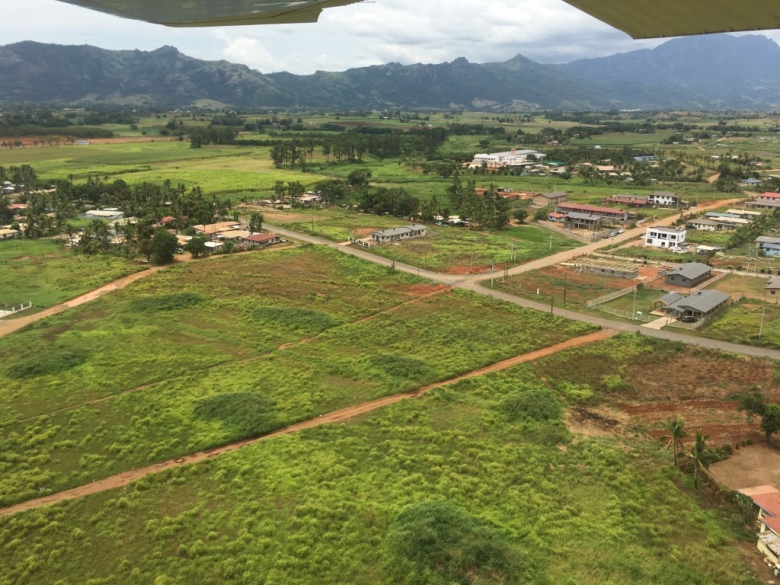

Tourism is great for them, though, don’t get me wrong.
Tourism is a large contributor to the Fijian economy – a major driver in their economic growth. There were many development sites for more resorts and hotels to be built in Nadi, which are dependent on visits from foreigners.
So by all means, go and enjoy the incredible, relaxing parts of this beautiful country.
Explore as much as you can around the gorgeous islands.
But remember, there is always another side to the places we see.
Also – the pineapples are to die for!
